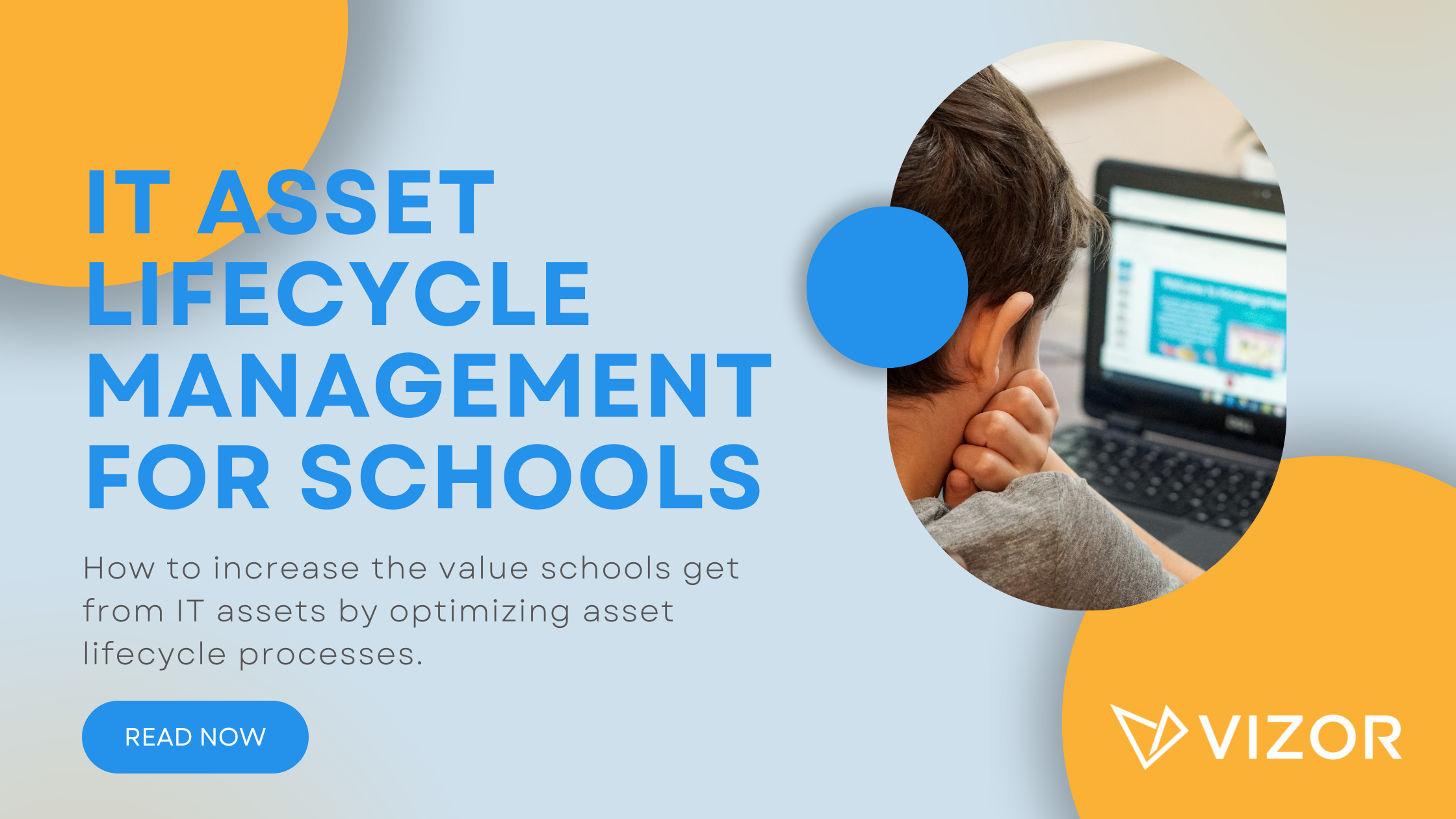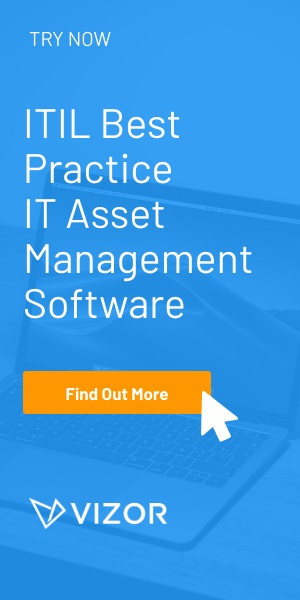5 Best Practices for Software License Management
As CIOs are taking a seat at the business strategy table, software license management is becoming a key part of businesses’ competitive advantages. The conversation used to focus on license compliance but now there is a shift toward automation, and managing software efficiently. Effective license positions are still important but just a small part of effective software license management.
Since many do not know where to start with license management we created this eBook to get you started. Below we have compiled five best practices for license management, to give you a better idea of the process and provide a starting point.
1. Gather your software licenses & related information
List all of your software licenses and place them in a central place. This will give you a good idea of your license entitlements, meaning which licenses you have the legal right to use and assign to employees. These days, this includes not only desktop applications, but all cloud subscriptions as well, so be sure that you are sure to add those as well.
In addition to the actual licenses you have, gather all related information that will be important. It is suggested to have at least the number of licenses you own, the number that you are missing, purchase costs, vendor information, maintenance contracts, and service fees.
We want to be honest with you – this is no easy process! Bringing together all of this information into one central location will take significant time and effort when done manually. However, it is a critical first step in proper license management and will allow you to better monitor license usage and assign licenses as needed.
Want to skip the reading part? Follow this checklist
2. Prove what you have
After gathering your organization’s licenses, it is important to be able to prove that you are entitled to them. As mentioned above, this means knowing what licenses you have as well as the related information and contracts. If your firm is audited, you must be able to provide proof of purchase, and this varies based on the vendors.
Make sure you know which vendors require which kinds of proof documents, and match these to their respective licenses. Do not rely on your email inbox for license documents – it’s not enough nor is it efficient. Important purchase documents, license agreements, and maintenance contracts must be saved and tracked. Unless you have the cleanest inbox in the universe, they should not be stored there. Instead, store these documents in an accessible and central location, such as an installed license management system or another program to assist with this task.
Another reason to store these documents is for administrative tasks. When dealing with vendors, payments and even switching vendors, having this information easily accessible makes your life so much easier!
3. Continually track costs and spending
Many organizations assume they are wasting money on licenses. And in some cases, they are right! After a software audit companies realize they purchased too many licenses or didn’t adjust the licenses after an organizational shift.
Breakdown your software expenditure to get a clear picture of the costs and costs per user. If you can, we recommend the cost per department as well.
Create reports to get a better understanding of past, current, and future expenditure to know your patterns and plan accordingly. Future expenditure is an especially important metric to be aware of, as it can help you estimate what you are likely to spend in the future and therefore optimize as needed. These reports can also tell you license and budget availability, so you can put these resources to optimal use. This can be done manually but it much easier to employ a system to help you with these tasks.
4. Set reminders
During the busy workday, it can be difficult to remember all of the tasks that must be completed, and some inevitably slip the mind. Just as you would set every day meeting times on your desktop calendar, employ this process for license reminders.
License subscription renewals, maintenance times, and license approvals should be set as reminders, through email or another channel of your choice. Without reminders, these crucial events can go unnoticed, which reduces the effectiveness of this process!
5. Make proper software license management a critical part of your business
Lastly, it is important to make license management a business priority. This means informing necessary employees about the initiative, and outlining the process to others, even if it is not directly related to their position. The IT team should take the reins on creating processes and procedures. Then, clearly explain them to the appropriate teams. By following best practices and keeping employees informed, license management will be a normal part of the business. Your organization will gain a competitive edge.
The ideal way to benefit from software license management is to automate the processes as much as possible. You can check out our system here. However, if you prefer, here is a checklist of the tasks listed above.
For a more in-depth guide, download the Software License Management eBook here.
Need a IT Asset Management Tool?





